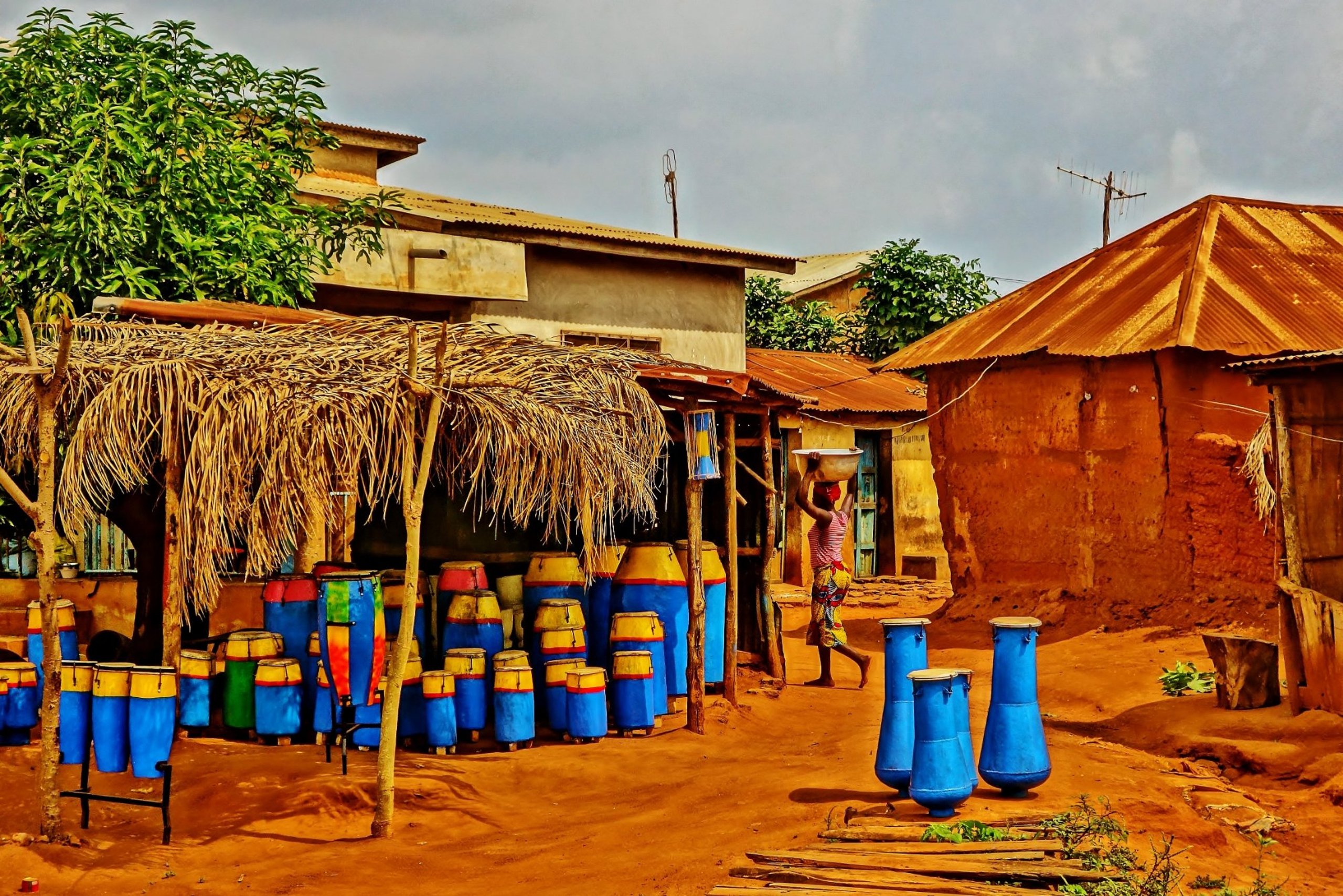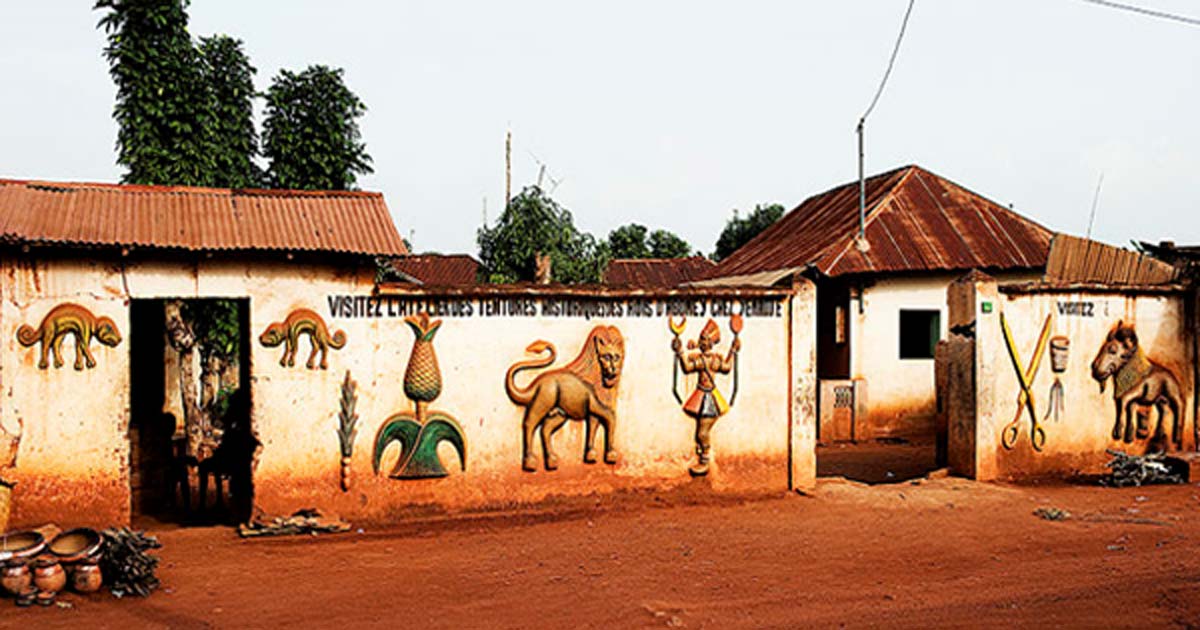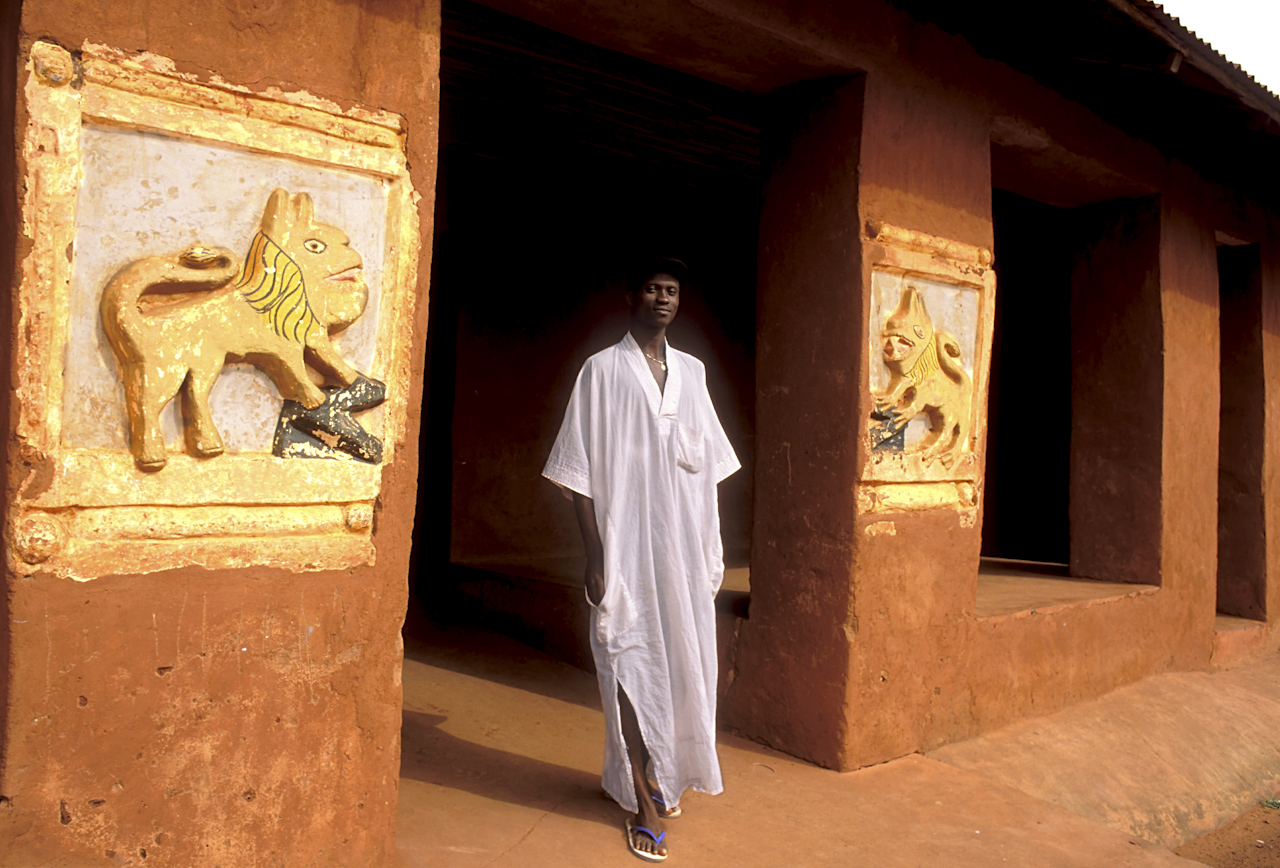Most African countries are famous for unusual safari activities, Gorillas trekking, the plenty of wildlife creatures. Also, African culture and traditions are quite popular in some regions like Uganda, Rwanda, Benin etc. Leaving all aside when we talk about Benin, this African country is responsible for boosting the cultural tourism of Africa. For a variety of reasons, the country is well-known among travellers for its 13th-century architecture, wood and ivory handicrafts, classical objects from past kingdoms and its heritage sites. One heritage destination in Benin which showcases travellers nation’s culture is the Royal Palaces of Abomey.
Let’s know more about this UNESCO heritage site in detail.
A Quick Insight of Abomey City
Abomey is the capital of Benin’s Zou Department. The city of Abomey is spread along 142 km². In this city, the major highlight is the Royal Palaces of Abomey. This historic monument is listed in UNESCO World Heritage site which is a collection of small traditional houses inhabited by the Kings of Dahomey from 1600 to 1900.

Despite the fact that the palaces have been largely destroyed and are in a ruinous state, the site has immense historical significance, and the stories of the kings who once resided here are fascinating.
Royal Palaces of Abomey
The Royal Palaces of Abomey are a collection of 12 former palaces located in the heart of Abomey. The site is a testimonial to Dahomey, one of Africa’s most powerful kingdoms. It was constructed between 1625 and 1900 by the Fon people. The mighty Kingdom of Abomey was ruled by 12 different monarchs in this area. They all had their palaces built within the same cob-wall area, with exception of King Akaba, who had his own separate enclosing, in keeping with previous palaces in terms of space and materials. Abomey’s royal palaces are a one-of-a-kind legacy of this long-gone empire.

After a tornado struck Abomey in 1984, severely damaging the royal structures and museum, it was inscribed on the World Heritage List and the List of World Heritage in Danger in 1985.
Also Read: Mehmed Paša Sokolović Bridge & WHS Arch Bridge Of Višegrad
History of Royal Palace of Abomey
On the site of the old village of Kana, Abomey was constructed in the 17th century as the capital of the Kingdom of Dahomey (1600–1904). According to mythology, Do-Aklin, a son of the king of Allada who travelled north to build his own country, founded the town. In the 1700s, Dahomey grew fast, absorbing many of the surrounding kingdoms and prospering from the slave trade. The French finally seized the kingdom on November 16, 1892, after several failed efforts, causing King Béhanzin to destroy the city and flee northward. Following that a trend heightened by the French’s construction of Bohicon, a new administrative centre to the east. Today, the city is thriving.
Cultural Significance
During festivities, the Fon leaders perform a dance. The Dahomean culture was deeply embedded with passionate devotion for the rulers of Dahomey and significant religious significance for the experienced warriors of the Fon king Béhanzin, Son of Roi Gélé. Common bedding was used to represent each king.

Human sacrifice was one of the practices and ceremonies were a part of the culture.
Also Read: Visit The Historic City of Salzburg- An Ardent UNESCO Site Of Austria
Historical Museum of Abomey
The Abomey Historical Museum is housed in a structure that spans 5 acres and was built by the French colonial authorities in 1943. It covers all of the palaces within a 99-acre area, with a focus on the palaces of King Guezo and King Glele. The museum houses 1,050 exhibits, the majority of which belonged to Danhomè’s rulers. Many exhibits at the museum depict the culture of the Kingdom of Dahomey with traditional drums and paintings depicting festivities and the French-Dahomey war on display.
After UNESCO Recognition
In September 1997, an international conference titled “Past, Present, and Future of the Royal Palaces and Sites of Abomey” was held, focusing on cultural site management issues that are common in West Africa. With the help of UNESCO, a conservation plan was created in 1999. Conservation efforts were supported by a number of countries.
Status of Royal Palaces of Abomey
The Royal Palaces of Abomey were removed from the List of World Heritage in Danger in 2007 after the establishment of legal protections for Benin’s cultural heritage, as well as the establishment of boundaries and a buffer zone for the site. A new management plan was created for the years 2007-2011, and conservation efforts resulted in improved site conditions. Unfortunately, a fire in January 2009 destroyed multiple structures. Following the fire, the property’s reconstruction policy is addressed in a new management plan.
Protection Concerns of Royal Palaces of Abomey
The Royal Palaces of Abomey have always included sacred spaces that are revered by royal families and the general public. Another appropriate preventive measure is the agency of ritual ceremonies. The site’s administrative management is governed by Minister of Culture directives. This property can be managed by Management Board that includes all stakeholders. The operations on the site are in accordance with the provisions of the plan for the site’s protection, management and enhancement. Site’s building materials, human activitie, and natural phenomena that could expose the property’s conservation status are all elements that are given special attention through a risk management plan and a monitoring mechanism, in terms of both management issues and different means of intervention on the site.
Also Read: Tsodilo Hills – UNESCO World Heritage Site Of Botswana

